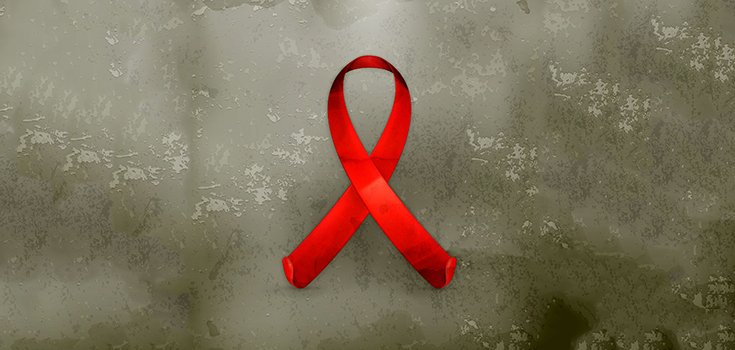British Scientists Close to Finding a Cure for HIV

HIV, the virus which causes AIDS, first emerged in the 1980’s. It used to be a death sentence, but now many people are able to hold AIDS at bay through a cocktail of medications, which are often costly. But now a team of British researchers may have found an actual cure for the dreaded virus.
A man living in Britain is currently free of HIV, thanks to a new therapy designed by a team British academic researchers from 5 U.K. universities. [1]
According to the scientists, HIV is presently undetectable in the man’s blood. If it stays that way, he will be considered officially “cured.”
Mark Samuels, managing director of the National Institute for Health Research Office for Clinical Research Infrastructure, said:
“This is one of the first serious attempts at a full cure for HIV.
We are exploring the real possibility of curing HIV. This is a huge challenge and it’s still early days but the progress has been remarkable.”
The trial is currently being conducted by researchers from the universities of Oxford, Cambridge, Imperial College London, University College London and King’s College London.
Statistics
There are approximately 36.7 million people living with HIV worldwide, according to the U.S. Centers for Disease Control and Prevention (CDC). In 2015, about 2.1 million new cases were added, with nearly 2/3 of new infections occurring in Sub-Saharan Africa. [2]
If left untreated, HIV can lead to AIDS. About 1.1 million people die from AIDS-related illnesses each year.

The New Therapy
HIV is hard to treat because it targets the immune system by splicing itself into the DNA of T-cells so they ignore the virus, as well as replicate it. [1]
Read: Researchers Have Figured out how to Isolate HIV Antibodies
Current medications – anti-retroviral (ART) therapies – target that process, but are unable to spot dormant infected T-cells.
There are 2 stages involved in the new therapy. In the first stage, a vaccine helps the body recognize the HIV-infected cells so it can clear them out. In the second stage, a new drug called Vorinostat activates the dormant T-cells so that the immune system can spot them.
So far, the results have been exciting, but the new therapy won’t be available to patients beyond the 50 trial participants anytime soon. For starters, the virus has appeared to vanish in other people before, only to reemerge later. [1] [3]
For example, a girl in Mississippi was placed on a strong course of ART’s within 30 hours of her birth in 2010 after it was discovered that her mother was HIV-positive. [3]
Treatment continued for 18 months, at which point the hospital lost contact with the mother. Five months later, when mother and child reappeared, that baby had no detectable virus in her blood, but 2 months later, the virus was back.

HIV has been cured before, but through more challenging methods that depended on incredible odds.
Another man, Timothy Ray Brown, an American treated in Germany, was cured of HIV after receiving a bone marrow transplant to replace his own cancerous stem cells with ones that would remake his immune system.
His doctor found him a donor who was naturally resistant to HIV due to a genetic mutation that blocks the virus from entering the body’s cells.
Read: Researchers Genetically Engineer Human Embryos to be HIV-Proof
The British patient would be the first known person to be cured using a “traditional” therapy. Finding a bone marrow donor is extremely difficult; the chances of finding one who is naturally resistant to HIV…I couldn’t venture a guess at the odds. Plus, stem cell transplants are difficult and potentially dangerous.
Professor Sarah Fidler, a consultant physician at Imperial College London, explained:
“This therapy is specifically designed to clear the body of all HIV viruses, including dormant ones.
It has worked in the laboratory and there is good evidence it will work in humans too, but we must stress we are still a long way from any actual therapy.
We will continue with medical tests for the next five years and at the moment we are not recommending stopping Art but in the future depending on the test results we may explore this.” [1]
Sources:
[1] The Telegraph
[2] Mashable
[3] The Guardian
